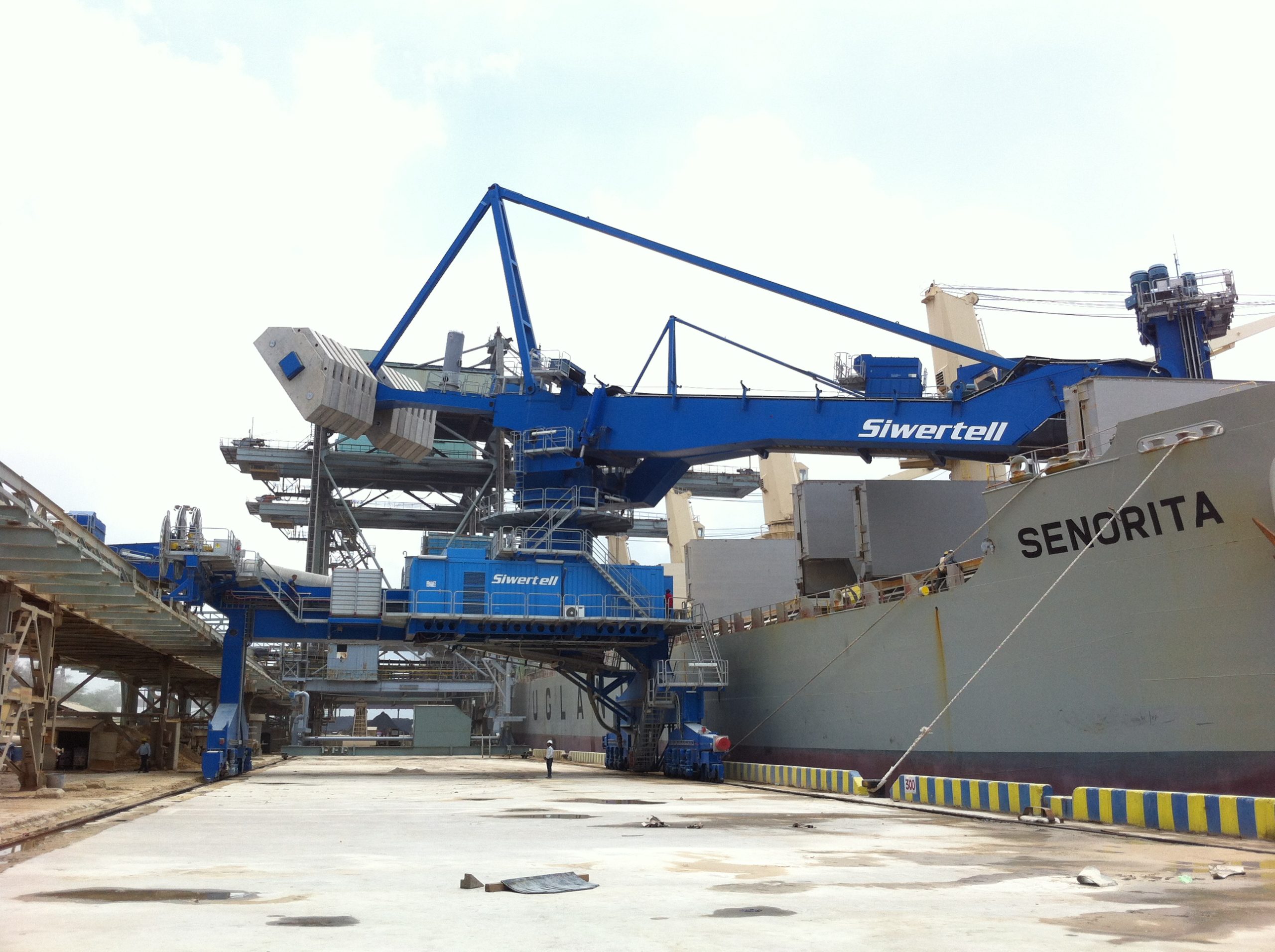Nitrogen+Syngas 377 May-Jun 2022

31 May 2022
India’s urea self-sufficiency drive continues
INDIA
India’s urea self-sufficiency drive continues
India’s new batch of urea plants are coming on-stream or nearing completion, but can the country regain the self-sufficiency in urea production that it enjoyed in the 1990s?

India is the second largest consumer of urea in the world; in 2021 this amounted to 32 million tonnes, or about 18% of the world’s total, and second only to China, which consumed 50 million tonnes. Urea is the key nutrient for India’s farmers, and consequently ensuring a secure supply of urea has been a major concern for every Indian government. However, as Figure 1 shows, around the turn of the century, India’s urea consumption began to rise faster than domestic production could keep pace with, and since then has widened to an annual gap of 8-10 million t/a, all of which must be imported from overseas. India is now by some way the world’s largest importer of urea – the second largest, the USA, imports only 4-5 million t/a by comparison.
India last went through a major urea capacity building programme in the 1990s, during which time capacity kept pace with growing urea demand, but new plant construction stopped in 1995. There were two main reasons for this; firstly, the subsidies being paid to fertilizer companies were starting to claim an ever larger share of the federal budget; and secondly, feedstock availability was beginning to become an issue. Most Indian urea capacity was historically based on naphtha feedstock, but high oil prices led to high naphtha prices and consequently a high subsidy bill to keep urea made from naphtha affordable. To keep bills lower, the government pressured plants to switch to using natural gas feedstock, and all but one plant, which operates partially on naphtha, have now converted. But India’s shortage of natural gas meant that the plants often suffered gas supply curtailments, especially during winter when more power was needed and gas was preferentially given to gas-fired power stations.

Feedstock availability
Feedstock availability became the key constraint on developing new urea capacity during the 2000s and 2010s. Initially it was hoped that exploitation of the offshore Krishna-Godavari basin in the Bay of Bengal, where a major new discovery was made in 2006, would provide India with more than enough gas for all of its needs, but exploitation has proved slower and more difficult than anticipated. To meet its natural gas needs, pipeline projects were also considered, from Iran or Turkmenistan. However, difficulties with transit rights, and especially concerns about Pakistan, with whom India maintains a fractious relationship, meant that these were never really developed either. The only practical solution remaining was liquefied natural gas (LNG).
India’s first LNG terminal development was actually begun during the 1990s. Unfortunately, it was in the hands of Enron, and was abandoned half-completed when Enron went bankrupt in 2001. The terminal project, at Dabhol was revived in 2006, but wrangling over contracts prevented its completion until 2013. By then, several other LNG import terminals had been completed; at Dahej in 2004 and Hazira in 2005, and Ennore and Kochi in 2013. A sixth LNG terminal began operating at Mundra in 2020, bringing total regasification capacity to 42.5 million t/a, and four more are planned for completion in the next year or so; at Dhamra and Chhara, as well as two floating storage and regasification units (FSRUs), at Jaigarh and Jafrabad. These will bring total capacity to 60 million t/a.
Overseas production
One way of getting around the lack of feedstock availability in India was to develop capacity overseas in gas-rich locations. Several proposals for an Indo-Iranian urea plant circulated during the 1990s, as well as other potential locations, and more recently there were also projects mooted for the US and Canada, relying on newly abundant shale gas, or at stranded gas locations in Africa. However, so far only one major project has come to fruition; the Oman-India Fertilizer Company (OMIFCO), a joint venture between the government of Oman (50%) and Indian state-owned fertilizer collectives Kribhco and IFFCO (25% each). OMIFCO operates two 2,500 t/d urea plants at Sur on Oman’s Indian Ocean coast, with the 1.65 million t/a offtake earmarked 100% for India. A third train has been discussed for several years, to take capacity up to 3 million t/a, but so far talks have foundered on gas pricing and availability.
Coal
Another potential solution for India’s urea conundrum was provided by the country’s most abundant fossil fuel resource – coal. China had shown that a large scale domestic urea industry could be developed based on coal gasification as a feed, and on the face of it there seemed no reason why India could not do the same. However, India’s history with coal gasification had not been a happy one – the two coal-based plants build during the 1970s were plagued by outages and technical issues, and eventually shut down. One of the major differences with China is the high ash content of Indian coal, which can be problematic for some types of gasifiers. Nevertheless, as coal gasification technology evolved, so a more serious look at coal gasification began in the 2000s, especially as oil and gas prices remained higher than coal prices on international markets. A project proposal was eventually developed for the Talcher site, where one of the previous coal gasification urea plants had operated.
New urea capacity
In the meantime, lack of gas over the period 1995-2015 meant that no new urea plants were approved for construction in India, and so what urea capacity increase that did occur was provided via incremental debottlenecking and upgrades of existing plants. There was one exception to this rule; the 1.3 million t/a Matix Fertilizer plant in Bengal, which was built to exploit reserves of coalbed methane in the region. However, when this facility was completed in 2015, the volume of gas that was able to be supplied was only about 35-40% of the plant’s requirement, and the plant remained idle until it could be connected to a pipeline from the LNG terminal at Dhamra. Start-up finally occurred in September 2021.
However, as LNG regasification terminals plants began to open during the 2010s, and more gas became available, the Modi government decided to set urea self-sufficiency as one of its targets, announcing its ambitious New Investment Policy in 2013, and in 2017 securing $8.7 billion of funding aiming to end imports of urea within five years. This would be achieved by reviving five mothballed urea plants and setting up two new facilities, bringing 7.5 million t/a of new urea capacity on-stream.
The five plants at existing sites (they were pitched as ‘revivals’, but in effect entire new plants had to be constructed) included three at: Ramagundam in Andhra Pradesh province; Gorakhpur in Uttar Pradesh; and Sindri in Jharkhand – all sites originally belonging to the Fertilizer Corporation of India Ltd (FCIL), and the fourth at the Hindustan Fertilizer Corporation Ltd Barauni site in Bihar province. All of these new plants are now to be owned and operated by a new state venture, Hindustan Urvarak and Rasayan Ltd (HURL), a joint venture of Coal India (CIL), NTPC and the Indian Oil Corporation (IOCL), in cooperation with Fertilizer Corporation of India (FCIL) and Hindustan Fertilizer Corporation (HFCL). All four will be fed from LNG via pipeline.
The fifth was the Talcher coal gasification plant mentioned earlier – the plant will also use a mix of petroleum coke as feedstock. Talcher Fertilizers Ltd is a joint venture between GAIL, Rashtriya Chemicals & Fertilizers, FCIL and Coal India Ltd. The EPC contract was awarded to Wuhuan Engineering Co. Ltd of China. TFL has been allotted northern part of North Arkhapal mine, Odisha as the captive mine for meeting its coal requirements and petcoke will be sourced from IOCL’s Paradip refinery.
Of these five, so far Ramgundam began operations in March 2021. Gorakhpur, Sindri and Barauni are all due to begin operations this year, after covid-related delays. Talcher is now scheduled to start up in September 2023.
New plants
As well as the five government-backed projects, there are two privately funded projects have been approved. The first was the revival by Chambal Fertilizers and Chemicals of its old urea plant at Kota near Gadepan in Rajasthan state, which closed in 2015 due to unfavourable economics. A new 1.27 million t/a replacement plant was completed late last year and commissioned in January 2019.
The government has also approved the establishment of a new brownfield ammonia/urea complex at the Brahmaputra Valley Fertilizer Corp (BVFCL) site at Namrup in Assam, so-called Namrup-IV. A new 860,000 t/a ammonia-urea plant will replace the two older 220,000 t/a and 270,000 t/a units. The new plant will be 52% owned by Rashtriya Chemicals and Fertilizers, 26% by Oil India Ltd, 11% by the state government of Assam and 11% by BVFCL. Here, however, little progress has been made since the agreement in principle in 2018.
Self sufficiency at last?
The start-up of Chambal, Matix and Ramagundam has added 3.8 million t/a of urea capacity to India, and assuming that the four remaining HURL plants also start-up on their current projected timescale, that will be another 5.1 million t/a of capacity by the end of next year. In theory, Indian urea capacity should rise from 26.0 million t/a in 2020 to 33.6 million t/a in 2024, assuming that sufficient natural gas can be imported to operate them all, all year round. As Figure 1 shows, that should take capacity at least to close to the level of current Indian consumption, and while actual production level may be slightly lower, it would nevertheless almost restore India to the self-sufficiency it enjoyed in the 1990s.
But while this should in theory ensure that India can supply all of its domestic needs, whether this works in India’s favour economically remains a moot point. For example, it could be argued that a secure domestic supply of urea would avoid having to take from a volatile international market where India is at the mercy of global events – prices have reached $750/t for delivery to Indian ports in the wake of Russia’s invasion of Ukraine. However, it is of course predicated on ensuring sufficient supply of LNG, whose price can be equally volatile – at current Asian LNG prices of around $24/ MMBtu, that is a base price for ammonia production of nearly $800/t.






